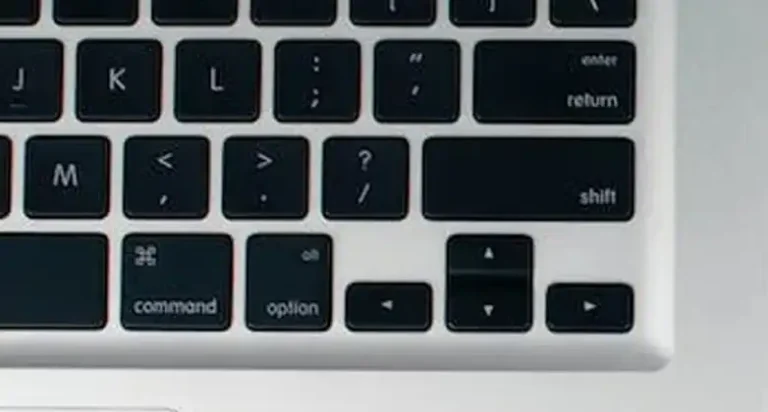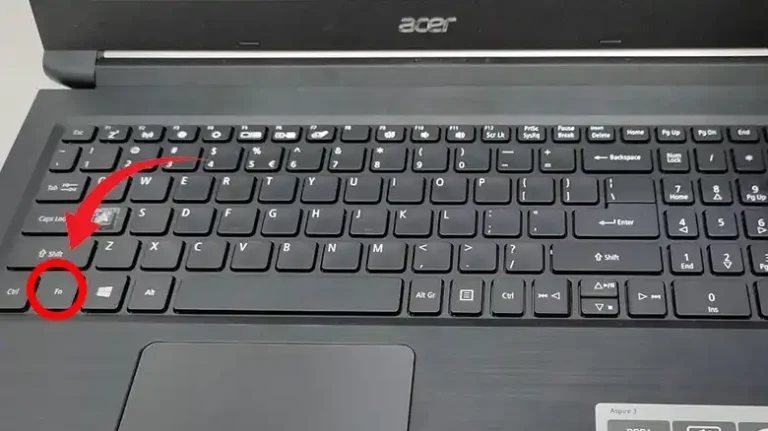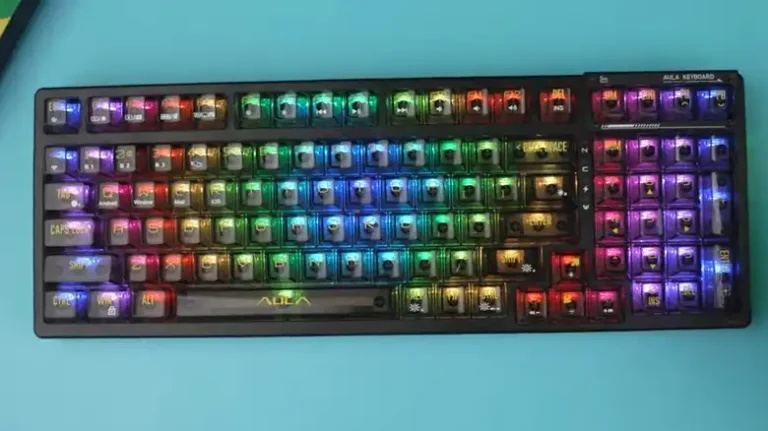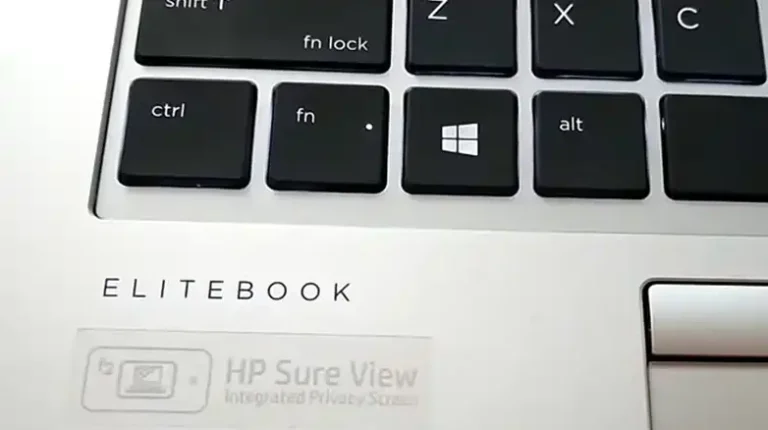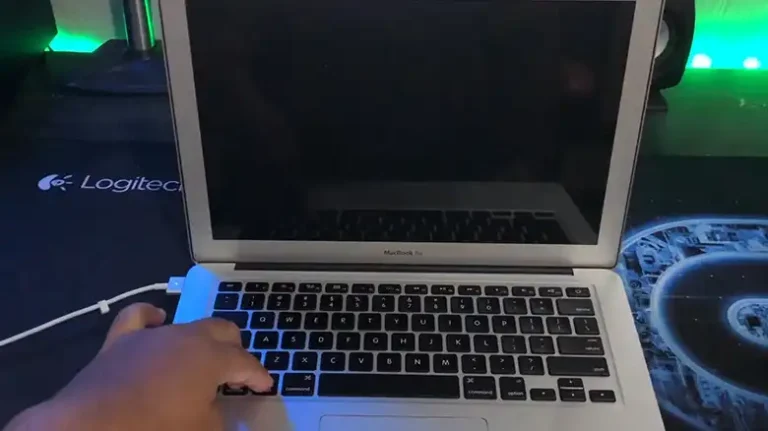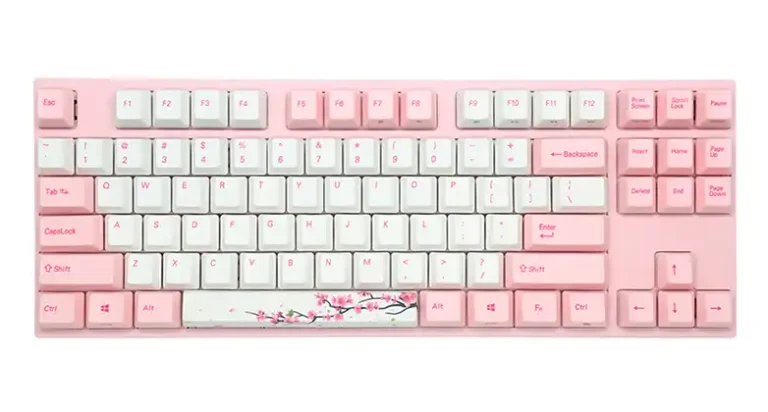Corsair Keyboard Not Working: How to Fix This?
As someone who spends several hours typing daily, having a responsive keyboard that I can rely on is critical to my workflow. So when my Corsair mechanical gaming keyboard suddenly stopped working last week, I was brought to a standstill. Without the use of my trusted keyboard, I couldn’t get any work done on my computer.
I eventually managed to get my Corsair keyboard functioning again after some tedious troubleshooting. But this experience showed me that even high-end gaming keyboards can unexpectedly malfunction. If you’ve ever had your own keyboard issues, you know how disruptive and frustrating these problems can be.
Whether it’s just a couple of keys not working right or the whole keyboard going completely unresponsive, keyboard problems seriously hinder your ability to work or play on your computer. The good news is there are steps you can take to resolve many common keyboard issues including resetting the keyboard, updating Corsair software, etc.
Not every fix will work for all types of causes. So, try applying the fixes one by one until the issue gets fixed. Now, I’ll share what I learned from troubleshooting my unresponsive Corsair keyboard, in hopes it will help others facing similar issues.

Confirm Keyboard Is Plugged In Correctly
The first thing I did was check that the USB connector on my keyboard was properly plugged into my computer. I unplugged it and plugged it back in to make sure there wasn’t just a loose connection. Unfortunately, this didn’t resolve the issue for me.
Check for Driver Updates
Since the keyboard still wasn’t responding, I went into my device manager to see if the drivers needed to be updated. I expanded the keyboards section and right-clicked on my Corsair device. In the context menu, I selected “Update driver” and followed the on-screen prompts to search for and install any available updates from Windows Update.
After rebooting my computer, my keyboard was still unresponsive. So driver issues weren’t causing the problem for me.
NOTE: You can also try reinstalling the driver. It works fine for many users.
Try Different USB Port
I tried unplugging my keyboard and plugging it into a different USB port on my computer. I made sure to try both USB 2.0 and USB 3.0 ports to see if that made any difference. Switching USB ports ended up fixing the issue for me.
Reset the Keyboard
If trying a different USB port doesn’t work, another troubleshooting step is to reset the Corsair keyboard to factory default settings. Refer to your model’s manual for specific key combinations, but typically you’ll press the ESC key while plugging in the keyboard. This will reset any custom lighting, macros, and other settings that could be interfering with the keyboard’s functionality.
NOTE: If you have a K55 keyboard –
- Unplug your keyboard.
- Hold down the FN and F4 keys and plug your keyboard back into your computer.
- Release the FN and F4 keys after 10 seconds. The keyboard should flash at this point.
- Open iCUE and update the firmware of your keyboard.
- Ignore any incompatibility warnings that pop up.
Clean the Keyboard
Over time, dust, hair, and particles can build up on and around the keys which can sometimes interfere with the keyboard’s sensor. Use compressed air to blast out any debris from between and underneath the keys. Be careful not to blow the dirt further into the keyboard though.
Update Corsair Software
If you use any Corsair apps like Corsair iCUE to customize macros, lighting, and settings, make sure the software is up-to-date. Outdated software can sometimes cause connectivity and responsiveness issues. Check for updates within the app or download the latest version from the Corsair website.
Try a Different Computer
As a last resort, test the keyboard on another computer if possible. If it works fine when connected to a different PC, then you know the issue lies with your main computer’s USB ports, drivers, or settings rather than the keyboard itself malfunctioning.
Investigate Common Causes
Here are some common reasons why your Corsair keyboard might not be working, and how to fix them –
Hardware Issues
Loose or damaged cable: Check the USB cable connecting your keyboard to your computer to make sure it is securely plugged in at both ends. If the cable is damaged, try replacing it.
Dirty or damaged keyboard: Unplug your keyboard and clean it with a compressed air can. If there is any visible damage to the keyboard, such as cracked keys or a broken PCB, you may need to replace it.
Faulty USB port: Try plugging your keyboard into a different USB port on your computer. If it works in another port, the original port may be faulty.
Software Issues
Outdated or corrupted drivers: Corsair keyboards use drivers to communicate with your computer. If the drivers are outdated or corrupted, it can cause the keyboard to not work properly. Try updating or reinstalling the drivers from the Corsair website.
Software conflict: Other software installed on your computer may be conflicting with the Corsair keyboard software. Try disabling or uninstalling any other software that you don’t need to use.
Operating system issue: If you have made any recent changes to your computer’s operating system, such as updating to a new version, it could be causing the keyboard to not work properly. Try rolling back the operating system to a previous version or restoring your computer to a backup point.
Other Possible Issues
Keyboard in locked mode: Some Corsair keyboards have a gaming mode that locks the Windows key and other keys to prevent accidental keypresses during gameplay. If your keyboard is in locked mode, you will need to unlock it before you can use it normally.
Keyboard firmware issue: If your keyboard is running outdated or corrupted firmware, it can cause the keyboard to not work properly. Try updating the keyboard firmware from the Corsair website.
Hardware defect: If you have tried all of the above troubleshooting steps and your keyboard is still not working, it may be defective. In this case, you will need to contact Corsair customer support for further assistance.
Specific Troubleshooting Tips
Here are some specific troubleshooting tips for common Corsair keyboard issues –
- Corsair keyboard lights up but the keys don’t work: Try resetting the keyboard. For wired keyboards, hold down the ESC key while plugging the keyboard back into the computer. For wireless keyboards, turn off the keyboard, hold down the ESC key, and then turn on the keyboard.
- Corsair keyboard media keys not working: If your Corsair keyboard media keys are not working, try disabling Google Chrome’s control of media keys. To do this, open Google Chrome, click the three dots in the top right corner of the browser window, select Settings, and then click Advanced. Scroll down to the System section and uncheck the box next to “Control media keys.”
- Corsair keyboard not working after BIOS update: If your Corsair keyboard is not working after updating your computer’s BIOS, try resetting the BIOS to default settings. To do this, consult your computer’s user manual.
Final Note
Troubleshooting keyboard issues can be frustrating, but with some systematic testing and patience, you can often resolve problems with your Corsair keyboard. Start with the basics like checking your connections, cleaning the keyboard, updating drivers and firmware. If it’s still not functioning, try resetting the keyboard and testing it on another computer. For tricky issues, don’t hesitate to reach out to Corsair support. With the right troubleshooting techniques, you can get your keyboard operational again and back to help you work and play. Let me know in the comments if you have any other tips for fixing an unresponsive or wonky Corsair keyboard!
